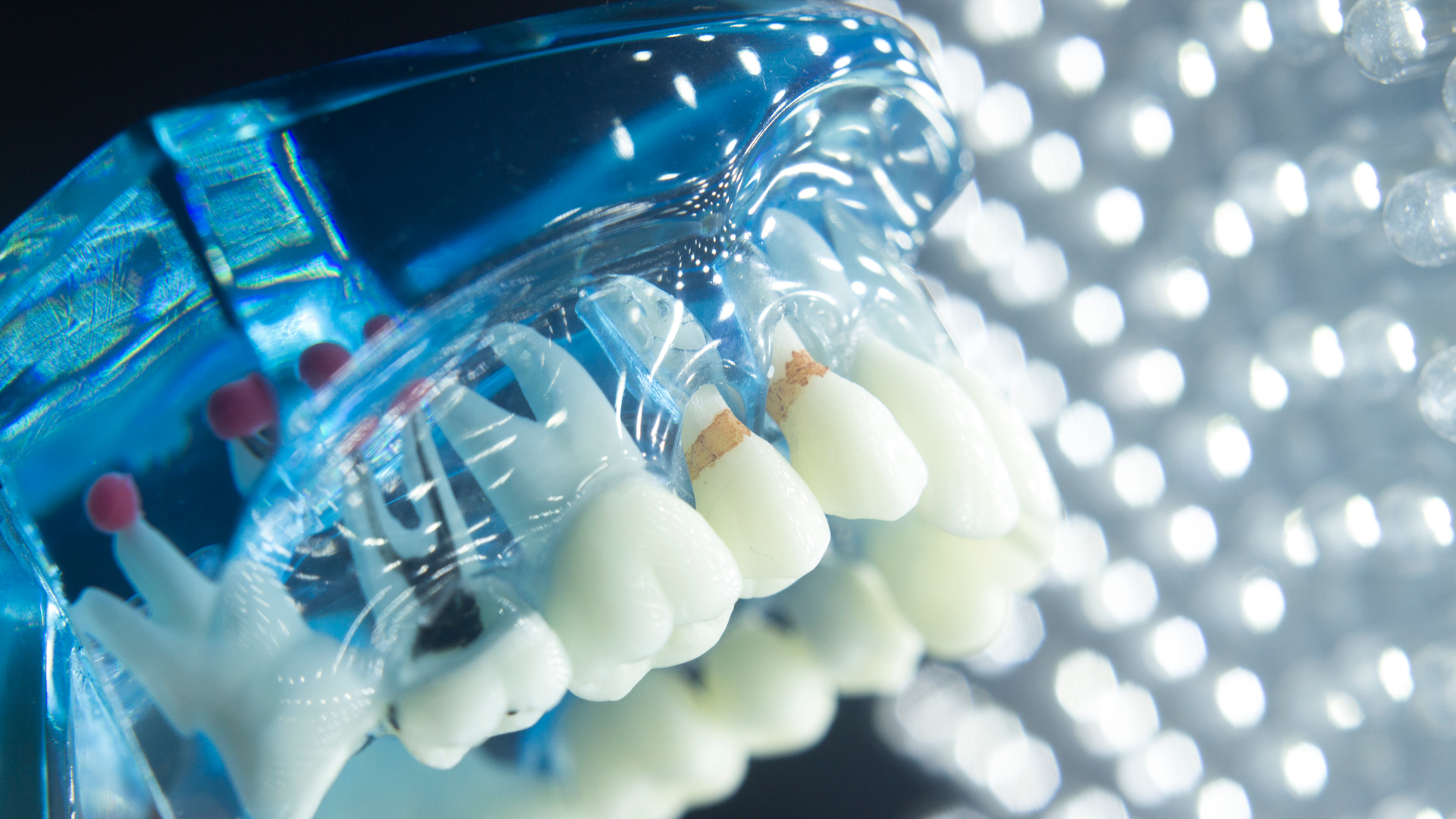
Lighting Up Plaque: How a Fluorescence Camera Reveals the Hidden Impact of Smoking on Oral Health
A New Way to See What Brushing Can’t Hide
Most of us know smoking stains teeth and causes bad breath but its deeper effects on oral health are often invisible. A new study by Gianluca Conte and colleagues, published in BMC Oral Health, shines light literally on how smoking changes the buildup of dental plaque.
Using a quantitative light-induced fluorescence (QLF) camera, the researchers compared dental plaque levels in current smokers, former smokers, and people who never smoked. The device makes bacterial plaque glow red under blue light, allowing scientists to measure and track plaque precisely over time something traditional visual scoring often fails to do.
Why It Matters
Dental plaque is a sticky bacterial biofilm that forms naturally on teeth, but when left unchecked, it hardens into tartar and triggers gingivitis and periodontal disease. Smoking is a major risk factor, yet conventional plaque scoring methods based on visual inspection are subjective and often miss subtle differences.
By introducing light-induced fluorescence imaging, researchers can now objectively quantify plaque buildup and even assess how mature or thick it is providing a new tool for both clinical research and smoking cessation motivation.
Inside the Study
The study involved 71 adults divided into three groups:
26 current smokers
20 former smokers (abstinent ≥1 year)
25 never smokers
Participants were examined three times: at the start, after 7 days, and after 30 days. They were instructed not to change their oral hygiene routines during the study.
The QLF system measured two fluorescence parameters:
ΔR30 areas showing at least 30% increase in red fluorescence (moderate plaque)
ΔR120 — areas showing at least 120% increase (thick, mature plaque or calculus)
A Simple Oral Hygiene (SOH) score was also generated automatically.
What They Found
Current smokers had significantly more and thicker dental plaque than people who never smoked.
ΔR30: higher in current smokers (p = 0.041)
ΔR120: higher in current smokers (p = 0.027)
SOH score: higher in current smokers (p = 0.04)
Former smokers showed plaque levels similar to never smokers, suggesting potential recovery after quitting though the difference wasn’t yet statistically strong, possibly due to the relatively short duration of abstinence (average 2.5 years).
The QLF measurements were highly repeatable over time (both at 7-day and 30-day intervals), confirming the reliability of this imaging method for future clinical use.
Beyond Plaque: What This Means for Research and Health
The findings reinforce that smoking accelerates plaque accumulation and maturation, worsening oral hygiene and raising the risk for gum disease.
Importantly, the study also validates QLF technology as a robust, reproducible tool for dental research capable of measuring subtle plaque changes in response to:
Smoking cessation therapies
Tobacco harm reduction products (like e-cigarettes or heated tobacco)
Consumer oral care innovations
The team suggests QLF could serve as an objective clinical endpoint in both dental and regulatory science.
The Takeaway
Quitting smoking doesn’t just help your lungs it may also help restore a cleaner, healthier smile. And thanks to fluorescence technology, dentists and researchers can now see and measure that improvement with unprecedented accuracy.
Reference:
Conte G., Amaliya A., Gupta S., et al. (2023). Repeatability of dental plaque quantitation by light induced fluorescence technology in current, former, and never smokers. BMC Oral Health, 23:480. https://doi.org/10.1186/s12903-023-03154-0